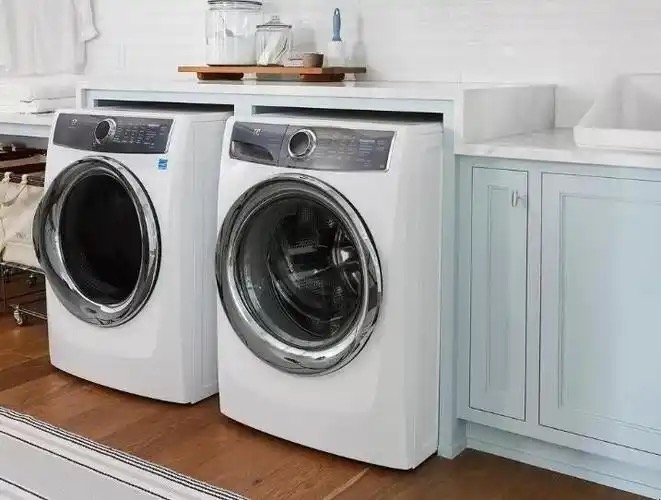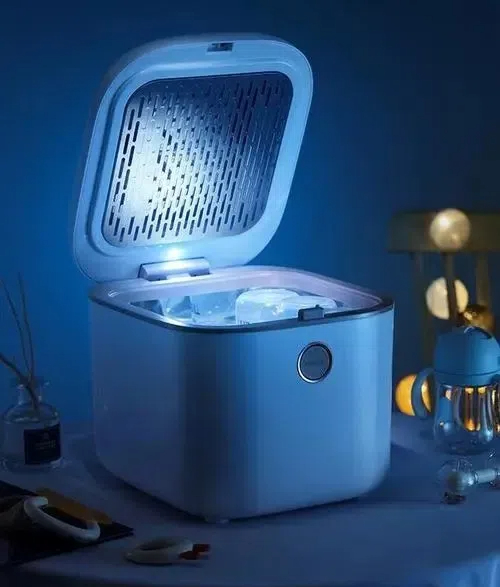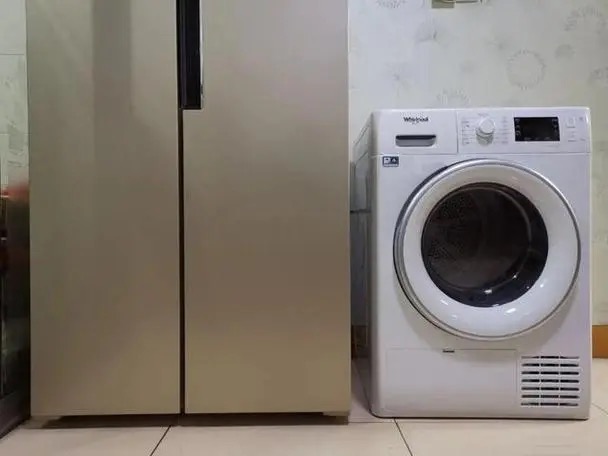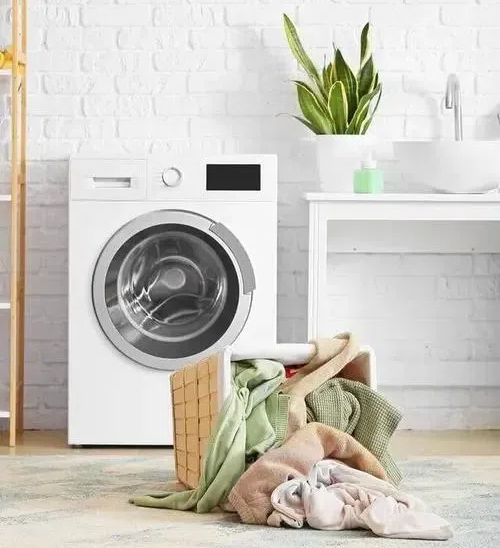
Content Menu
● Introduction
● How Heat Pump Dryers Work
>> The Drying Process
● Drainage Options for Heat Pump Dryers
>> 1. Water Collection Tank
>> 2. Direct Drain Connection
● Installation Requirements
>> Location Considerations
● Maintenance and Care
>> Regular Maintenance Tasks
>> Professional Maintenance
● Benefits of Heat Pump Dryers
>> Energy Efficiency
>> Gentle on Clothes
>> Versatile Installation
● Troubleshooting Common Issues
>> Performance Problems
● Environmental Impact
● Smart Features and Innovation
● Conclusion
● Frequently Asked Questions
>> Q1: Do all heat pump dryers need to be drained?
>> Q2: How often should I empty the water tank?
>> Q3: Can I install a heat pump dryer anywhere in my home?
>> Q4: How much maintenance does a heat pump dryer require?
>> Q5: Are heat pump dryers worth the investment?
Introduction
Heat pump dryers represent a significant advancement in laundry technology, offering energy-efficient drying solutions for modern homes. Understanding their drainage requirements and functionality is crucial for optimal performance and maintenance.
How Heat Pump Dryers Work
Heat pump dryers operate using an innovative system that recycles hot air while removing moisture from clothes. Unlike traditional dryers, they use a closed-loop system that continuously reheats the air, making them highly energy efficient.

The Drying Process
During operation, these dryers extract moisture from clothes through a sophisticated heat exchange process. The humid air passes through an evaporator, where water condenses and is collected either in a removable tank or directed through a drainage system.
Drainage Options for Heat Pump Dryers
1. Water Collection Tank
Most heat pump dryers come equipped with a built-in water collection tank. This container needs regular emptying, typically every few drying cycles, depending on the load size and moisture content of the clothes.
2. Direct Drain Connection
Many models offer the option to connect to a direct drain, eliminating the need for manual water tank emptying. This setup requires proper installation and connection to your home's plumbing system.
Installation Requirements
Location Considerations
- Level flooring is essential
- Adequate ventilation space
- Proximity to drainage points
- Temperature-controlled environment
- Accessible power supply

Maintenance and Care
Regular Maintenance Tasks
- Cleaning lint filters after each use
- Checking and emptying the water tank
- Inspecting drain hoses for blockages
- Cleaning heat exchanger periodically
- Monitoring performance and efficiency
Professional Maintenance
Schedule professional servicing annually to ensure optimal performance and longevity of your heat pump dryer.
Benefits of Heat Pump Dryers
Energy Efficiency
Heat pump dryers typically use significantly less energy compared to conventional dryers, resulting in lower operating costs and reduced environmental impact.
Gentle on Clothes
The lower drying temperatures help protect fabrics and extend the life of your garments.
Versatile Installation
These units can be installed in various locations without requiring external venting, offering greater flexibility in placement.
Troubleshooting Common Issues
Performance Problems
- Extended drying times
- Insufficient drying
- Unusual noises
- Error codes
- Drainage issues
Environmental Impact
Heat pump dryers contribute to environmental sustainability through:
- Reduced energy consumption
- Lower carbon emissions
- Water conservation options
- Sustainable technology
Smart Features and Innovation
Modern heat pump dryers often include:
- Smart connectivity
- Automatic moisture sensing
- Multiple drying programs
- Energy monitoring
- Self-cleaning condensers
Conclusion
Heat pump dryers represent an innovative solution in modern laundry care, combining efficiency with environmental consciousness. Understanding their drainage requirements and maintaining them properly ensures optimal performance and longevity. Whether choosing a model with a water collection tank or opting for direct drainage, these appliances offer flexible solutions for modern homes while contributing to energy conservation efforts.

Frequently Asked Questions
Q1: Do all heat pump dryers need to be drained?
A: Yes, all heat pump dryers need some form of water removal system, either through a collection tank that requires manual emptying or a direct drain connection to your home's plumbing system.
Q2: How often should I empty the water tank?
A: The frequency depends on usage, but typically every 2-3 drying cycles. Many models have indicators that alert you when the tank needs emptying.
Q3: Can I install a heat pump dryer anywhere in my home?
A: While heat pump dryers offer flexible installation options, they require adequate ventilation, level flooring, and appropriate electrical connections. Some locations may also need access to drainage.
Q4: How much maintenance does a heat pump dryer require?
A: Regular maintenance includes cleaning lint filters after each use, emptying the water tank, and periodic cleaning of the heat exchanger. Annual professional servicing is recommended.
Q5: Are heat pump dryers worth the investment?
A: While initially more expensive than conventional dryers, heat pump dryers can provide significant long-term savings through reduced energy consumption and gentler treatment of clothes.












